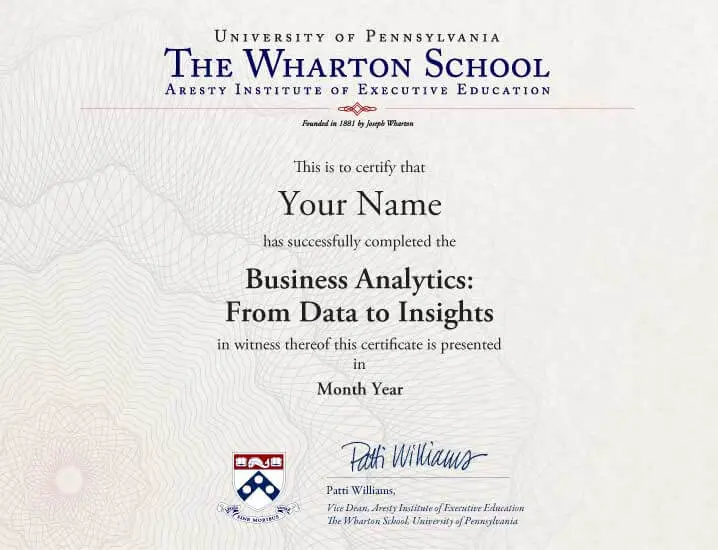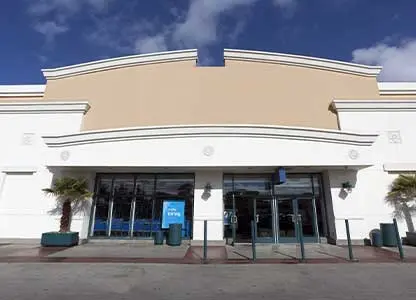Business Analytics: From Data to Insights
Unlock business success with data-driven decision making
Watch the Program Preview
Get a firsthand look at how this program sharpens your ability to leverage data for smarter decisions.

Your Learning Experience
Delivered through a combination of video and live online lectures
Learn through individual assignments and feedback
Delivered through a combination of recorded and live video lectures
Delivered via video lectures
Program Modules
Program Faculty

Faculty Director, EY Professor of Accounting; Chairperson, Accounting Department

Frances and Pei-Yuan Chia Professor; Professor of Marketing

Miers-Busch, W’1885 Professor, Professor of Marketing; Faculty Director, Wharton Customer Analytics (WCA)

Professor of Operations, Information and Decisions

Associate Professor of Operations, Information and Decisions

Assistant Professor of Marketing

Anheuser-Busch Professor of Management Science

The K. P. Chao Professor; Professor of Marketing; Vice Dean, Analytics at Wharton; Chairperson, Wharton Marketing Department; Professor of Economics; Professor of Education; Professor of Statistics, The Wharton School

Associate Professor of Management

Earn a Certificate from Wharton
All certificate images are for illustrative purposes only and may be subject to change at the discretion of the Wharton School.
FAQs
Didn't find what you were looking for? Write to us at learner.success@emeritus.org or Schedule a call with one of our Program Advisors or call us at +1 680 205 5118 (US) / +44 185 845 9995 (UK) / +65 3135 1422 (SG)
Early registrations are encouraged. Seats fill up quickly!
Flexible payment options available.
Last Day To Enroll On






